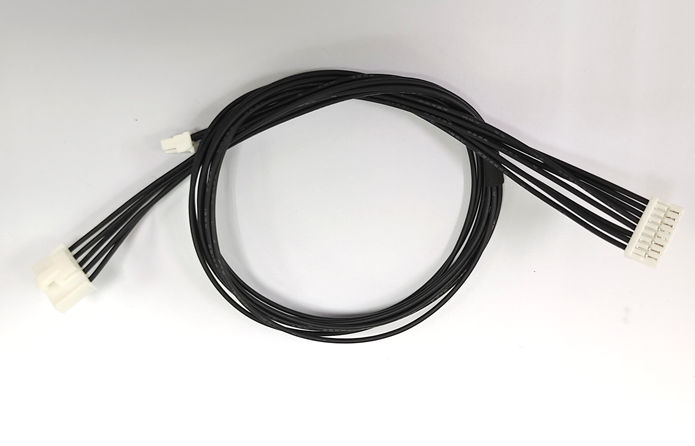
Also use this position to recharge your house bank with your alternator while the engine is running. Use this position when you are at anchor and need to run something that requires power such as your refrigeration or lights.

2 – Is usually assigned to your “house” bank (again – check your own boat, don’t make any assumptions).Use this position when you are starting your engine and want to give it all the juice a starter battery is meant to give – or to charge your starter battery with your alternator while the engine is running. 1 – Is usually assigned to your “start” battery (you’ll need to check your own boat to be sure).If you are plugged into shore power, this switch is bypassed and all banks will be charged regardless of the battery switch setting. OFF – Means that when you are running the engine, the alternator is not charging either of your battery banks.Battery switches usually come with 4 positions: Installing a battery switch gives you complete control over which bank is being used and/or charged. When sitting at anchor, it’s a good idea to keep these two battery banks separate so that if you accidentally drain down the house bank, you will still be able to start your engine and get back to port.

#Battery isolator switch how to
This Navigator explains what battery switches are used for and how to know when you might need to buy one with the “AFD” (Alternator Field Disconnect) feature.Īny boat with more than one battery will usually be set up with two “banks” of batteries – one that is used purely to start the engine (the “start” battery bank), and another (often referred to as the “house” bank) to run any items on-board that require power (like refrigeration, lights, radios, etc.). Customers who are brand new to boating will often ask what that “big red switch” is for and why their boat needs it.


 0 kommentar(er)
0 kommentar(er)
